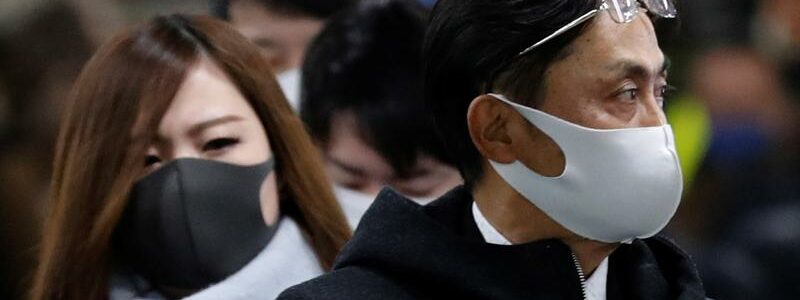
Plan for Tokyo state of emergency moves forward as COVID-19 cases surge
TOKYO (Reuters) – An advisory panel approved on Thursday the Japanese government’s plan for a one-month state of emergency, beginning Friday, for Tokyo and three neighbouring prefectures in a bid to contain a surge in new coronavirus cases, now running at record levels.
The proposal for an emergency declaration running from Jan. 8 to Feb. 7 was approved at a morning meeting, Economy Minister Yasutoshi Nishimura said. Its restrictions centre on measures to combat transmission at bars and restaurants, cited by the government as key risk areas.
Though still less seriously affected by the pandemic than many countries around the world, Japan saw new daily infections top 6,000 for the first time on Wednesday, according to public broadcaster NHK, led by 1,591 positive tests in the capital, Tokyo.
Prime Minister Yoshihide Suga will hold a news conference at 6 p.m. (0900 GMT) to formally announce the decision and curbs to be imposed in Tokyo and the neighbouring Saitama, Kanagawa and Chiba prefectures. But medical experts have said they fear the government’s plans might be inadequate, with new cases hitting highs around the country.
Government officials have been in talks with experts this week to assess steps to try to bring the surge under control with as little damage as possible to the economy.
With an eye on the looming Tokyo Olympics and the fragile state of the world’s third-biggest economy, Suga has favoured limited restrictions.
Economy Minister Nishimura said on Thursday that measures to be included in the state of emergency from Friday mean asking restaurants and bars to close by 8 p.m., requesting that residents refrain from non-urgent outings, and limiting attendance at sporting and other big events to 5,000 people. The four prefectures are home to about 150,000 restaurants and bars.
Related Coverage
Prime Minister Suga has said shorter operating hours for such businesses had helped bring cases down in regions such as Osaka and Hokkaido.
But in a worrying sign, Osaka on Wednesday reported new cases easily topped their previous record, with 560 infections, while Hokkaido saw cases surpass 100 for the first time in a week.
“Depending on the way infections spread from here on, we may need to think about a state of emergency nationwide,” Toshio Nakagawa, president of the Japan Medical Association, told a news conference on Wednesday.
MORE PAIN FOR RESTAURANTS, BARS
According to simulations by Kyoto University scientist Hiroshi Nishiura, daily infections in Tokyo could reach 3,500 per day by February and hit 7,000 by March without new measures. An emergency declaration would need to last at least two months to bring infections to manageable levels, he said.
Already, eating and drinking establishments are suffering.
Tokyo-based Teikoku Databank said this week bankruptcies in the sector hit an all-time high of 780 in 2020, up from the previous year’s record of 732. Local media said the government would raise the maximum compensation for the restaurant business to 60,000 yen ($582) a day from 40,000 yen.
Analysts now say the new state of emergency would probably trigger an economic contraction in the first quarter – a reversal from a 2.1% annualised expansion forecast in a Reuters poll last month.
($1 = 103.1300 yen)
Source: Read Full Article